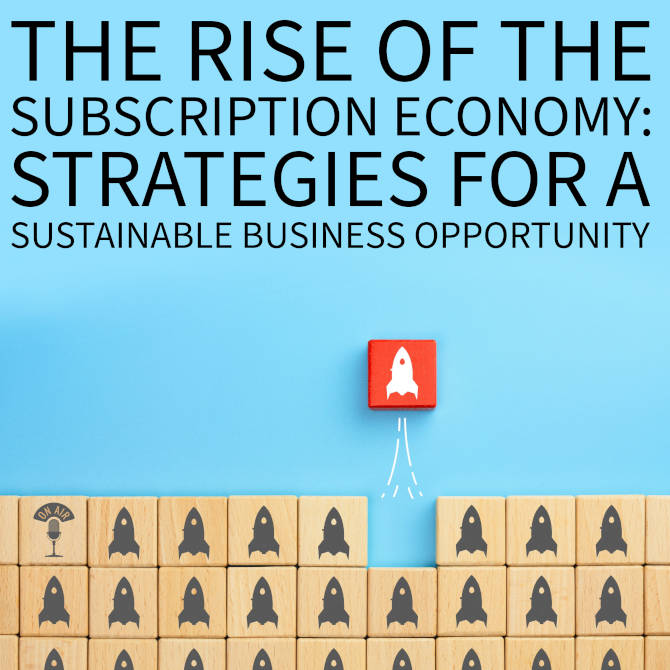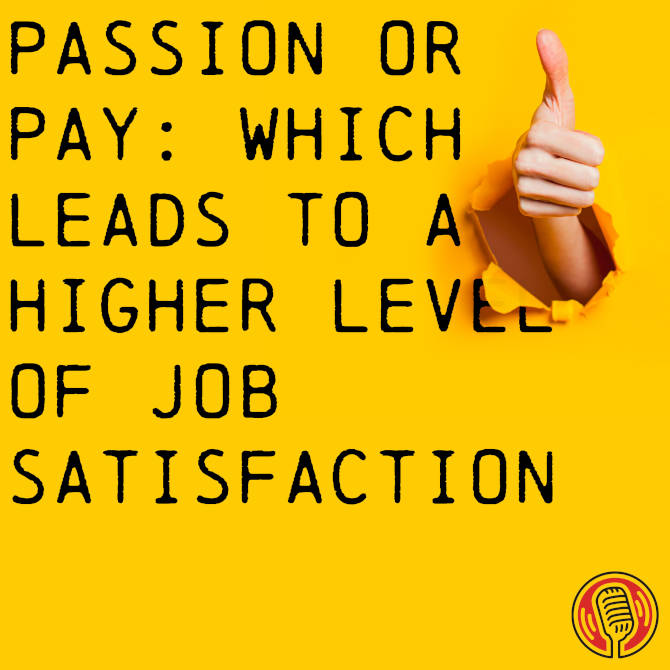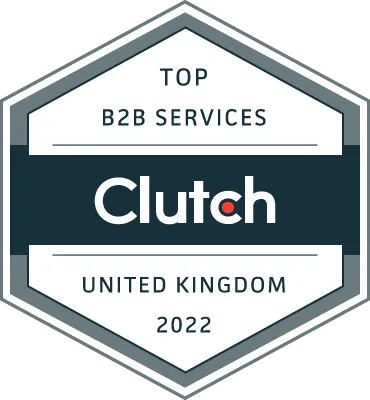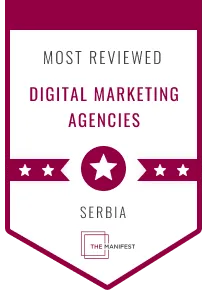Introduction: The Digital Nomad’s Shoe Dilemma
Oh man, alive, I can’t believe what I actually did. At the moment, I live outside the UK, living the life of a digital nomad and desperately needed a new pair of trainers. In fact, I had my eyes on a pair of Nike Metcon 8 trainers. I just love the design of them, I think they’re really cool. But sadly, I can’t find them over here.
However, my son, who is also a bit of a digital nomad, he was spending quite a few months in Canada. And before going back to the UK, he’s coming over to see his mum and dad. So I thought, I know, I’ll order them in Canada, have them delivered to my son, and then he can bring them with him. Job done. I must have been feeling a little loopy that day, as I ordered a size 14 when I’m a size 10, now I’ll need to see if I can make oversized shoes as a fashion trend, or I’ll just start a new career as a clown, I think, but enough about my clown shoes.
The Big Question: Is Building an E-Commerce Website Expensive?
Let’s talk about something a little more serious, building a website. If you’re looking to create an e-commerce website, or let’s say a standard website, you’re in luck because you’ve stumbled upon the right podcast episode.
Setting the Stage: Budgeting and Planning for Your Website
So you have all these great ideas for your products or services, and you’re ready to start building your website. You’ve set aside your budget and you start doing your due diligence. You find an agency to build your website and they give you an estimate based on your requirements and budget.
Let’s say that’s around 15, 000 pounds for a basic site, utilising a specific platform that contains the modules you need to run your website. But how on earth did your website end up costing you 45, 000 in the end? Let’s dive in and discuss.
The Importance of a Contingency Budget in Web Development
When seeking a development agency to build your website, it’s important to have a budget in mind, but you should also have a contingency allowance that goes over.
And any agency worth their salt will actually recommend that you put on around 30 per cent on your specific budget. This will cover unexpected costs that could come up, like the integration of new tools that you didn’t think of at the very beginning. At this stage, I say, Planning, planning, planning before execution is the most important thing to have a successful website.
The Planning Phase: Market Research and Business Modeling
You need to conduct your market research to determine the viability of your business idea. Identify your target audience, competitors, and trends in the industry. This information will help make an informed decision and be the basis of creating your business plan. You’re going to have to decide on which business model you’re going to follow.
There are different options, like dropshipping, wholesaling, manufacturing, and white labelling. Each model has its own set of advantages and disadvantages. It’s important to specialise in a specific area to stand out from the competition. A great way of doing this is choosing a specific niche that you want to focus on.
Designing Your Business Plan: Goals and Marketing Strategies
Then it’s time to get down to the nitty-gritty of building your business plan. This will include the goals of your business, financial projections, and of course, your. Very important marketing plan. Now you’ve got all those gubbins in place, it’s time to start building your website.
Creating a User-Friendly and Responsive Website
One of the key elements of your website is that it has to be user-friendly, responsive, and optimised for search engines.
It also has to reflect your brand to create customer loyalty. You’ve now reached the stage where you can appoint an agency to start building your website. Due to all the research that you’ve put in, In theory, you’ve created a very structured requirements document that contains every element you want in your website.
The agency will estimate the costs of the build to the requirements that you’ve provided and any good agency will recommend you put that 30 per cent contingency on top.
The Development Process: Working with an Agency
The User Experience Specialist within that agency will create wireframes that your site will be based on. It’s like graphically creating a prototype for your website.
Dealing with Scope Creep: Managing Additional Costs
As you look at the prototype, you may wish to add extra elements, especially as you’ll be doing continuous research on what other companies are doing.
This will have an impact on what you want on your website, which in turn starts eating into your contingency due to the fact that these elements have to be built, and they weren’t in the original requirements.
But that’s okay, because you already know there is a 30 per cent contingency in the estimate of work that’s going to be done. You’re now coming very close to finishing off your website. You’ve added your products and set up the payment options, but there are certain elements now on your website that you would like to change.
This is what we classify as out-of-scope tasks. Some of these tasks may look absolutely simple, like moving an image to the left or changing the colour of a button.
The Pitfalls of Changing Requirements Mid-Project
But sometimes it’s not as simple as that. We’re talking about things that can be incredibly complex and take a few man hours to update. And with the incremental changes, a few man hours can increase by tenfold. And the more changes, the greater the cost.
I had one client that fell into this exact trap. It was really sad because from day one, I explained to him that we had done the requirements and set the task for the developers. The e-commerce store was moving ahead. We were steaming. And then he changed his mind on the design.
Now I hasten to add, we didn’t do the design. He had another agency do the design. Because we’d gone so far into the project, a change of the design was actually quite considerable. You have to think that a website is divided into two elements, the front end, which is what you see, and the back end, which is the administration and the running of the website.
Phase-Based Development: A Strategy for Success
By changing the front-end design, you have to change the back-end elements to feed into that design. And that can actually have a massive effect across the whole site. Now, in situations like this, where it is a change of mind, I would always recommend building your site in phases. Build the bare bones to get your website live and making money and then start on your next phase.
The Evolution of Your Website: Ongoing Monitoring and Improvement
This will enable you to budget properly and definitely not go over three times your initial budget. You also have to take into consideration that when your website is released or launched, you’ll be continuously monitoring and improving its performance. Some of the phases that follow phase one, could actually be eliminated as they’re not a necessity.
However, you may be adding new requirements into those other phases that you haven’t actually thought of before. There’s one thing that’s definitely for sure, a website is always going to be organic.
Conclusion: Keys to Building a Successful E-Commerce Store
To sum up, it’s important to keep in mind that building a successful e-commerce store takes time, effort, and dedication.
Additional Resources: How to Build a Business Plan Guide
Earlier, we talked about creating a business plan, which details the goals of your business, financial projections and marketing plan. To help you get through this process, we’ve created a how to build a business plan guide, which is on our website. It’ll take you through all the elements. It’s a really long, but exciting read.
And I would highly recommend that you go through every step before starting your business. You’ll find the most projects that actually start without a business plan are more likely to fail than succeed. And I don’t want that to happen to you.
Closing Remarks and Invitation for Future Engagement
Thank you for joining me today on the journey from concept to launch, whether you’re a seasoned entrepreneur or a first time website builder, I hope you found this podcast helpful.
Join us next time as we dive into more e-commerce tips and tricks. Don’t forget to check out our website for how to build your business plan and other resources to help you along the way. And if you have any questions or comments, feel free to drop me a line. That’s all for now. Stay tuned for our next episode.











